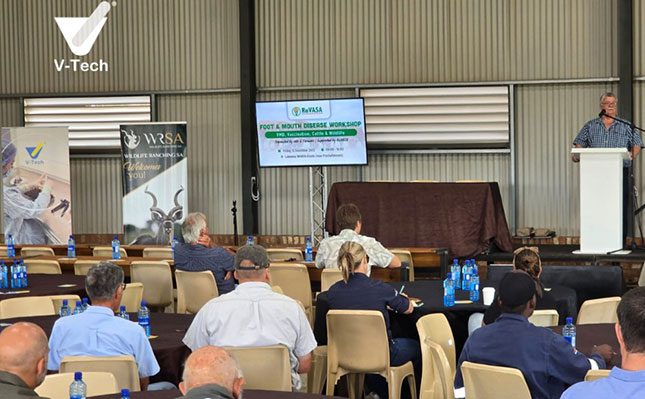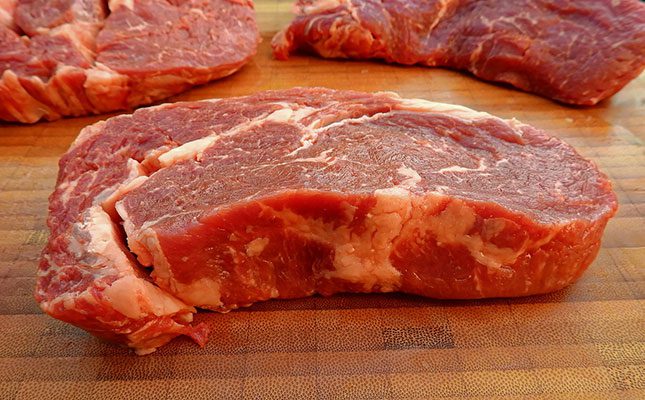
Photo: Jedrie Harmse
Teplitski explained how looking through economic, environmental, and emotional lenses impact the industry’s bottom line.
Starting at the economic outlook, he reinforced his stance on the importance of open international trade, highlighting that in 2024, South Africa exported $4,5 billion (R110 billion) worth of fresh produce, 49% of which went to European countries. Citrus, grapes, and apples led the charge.
“I know that the US government’s actions related to tariffs have been top of mind lately,” he said.
Challenges abound: sluggish GDP growth in the euro area (forecast at just 1% in 2025), rising geopolitical risk, and persistent logistics bottlenecks are creating a more cost-sensitive, competitive market. Meanwhile, retailers face margin pressure, regulatory tightening, and increasing scrutiny on sustainability.
For exporters, this translates into heightened expectations: simplified logistics, better cold chain management, and stronger partnerships with EU retailers, particularly discount giants like Lidl and Aldi.
Tighter EU regulations
Teplitski highlighted the impact of new EU regulations, including the Green Deal, Farm to Fork Strategy, and Deforestation-Free rules.
These require exporters to comply with:
- Stricter pesticide residue rules causing frequent shipment rejections;
- Plastic packaging bans in favour of recyclable or compostable alternatives;
- Carbon border adjustment mechanisms that could affect airfreight viability; and
- Traceability and climate compliance expectations as part of broader sustainability frameworks.
While compliance will raise costs, he said there are opportunities for exporters who can demonstrate sustainable practices, use eco-friendly packaging, and align with EU consumer values.
Changing consumer behaviour
Consumers in major European markets such as Germany and the UK are increasingly price-sensitive, with pre-cut vegetables, meal kits, and store brands gaining popularity. However, demand for fresh, high-quality produce remains strong, with sustainability influencing buying decisions.
“European consumers want recyclable packaging and clear labelling. Freshness, quality, and selection remain the top factors when choosing retailers,” Teplitski said.
Recommendations for South African exporters
- Upgrade traceability systems to align with EU standards;
- Invest in sustainable packaging to meet consumer and regulatory expectations;
- Emphasise compliance, cold chain integrity, and carbon reduction in logistics;
- Tell your sustainability story using clear data and visuals; and
- Forge long-term partnerships with EU retailers, focusing on private label supply models.
“Understanding the intersection of economic, environmental, and emotional factors is no longer optional,” Teplitski said. “South Africa has the advantage of counter-seasonal supply and preferential trade access. Now it’s about seizing the opportunity with precision and purpose.”












